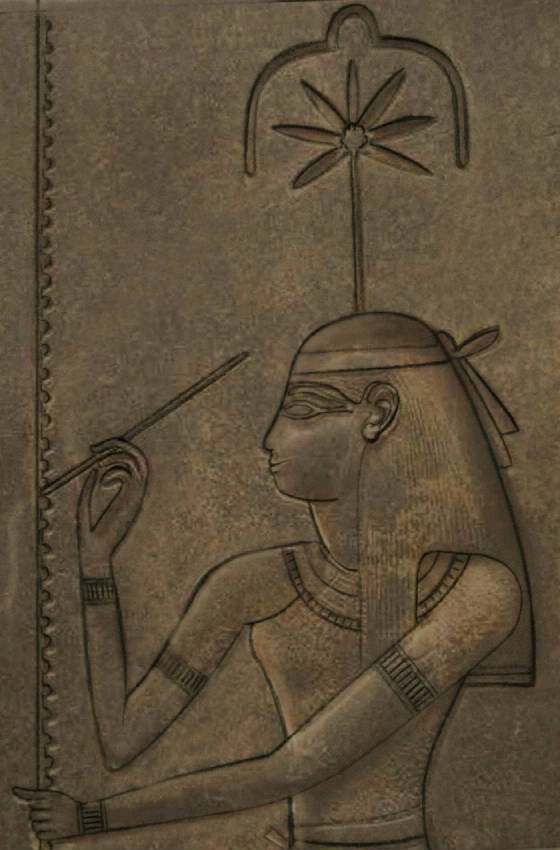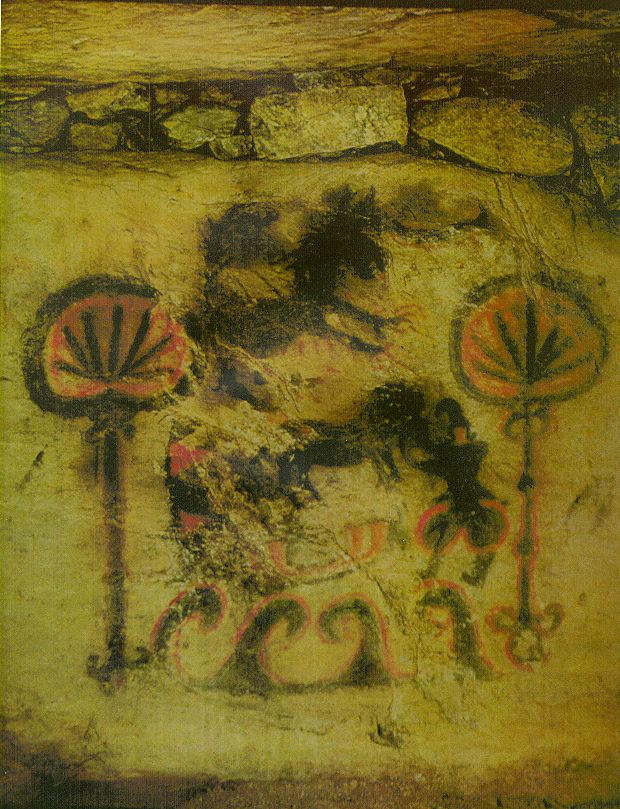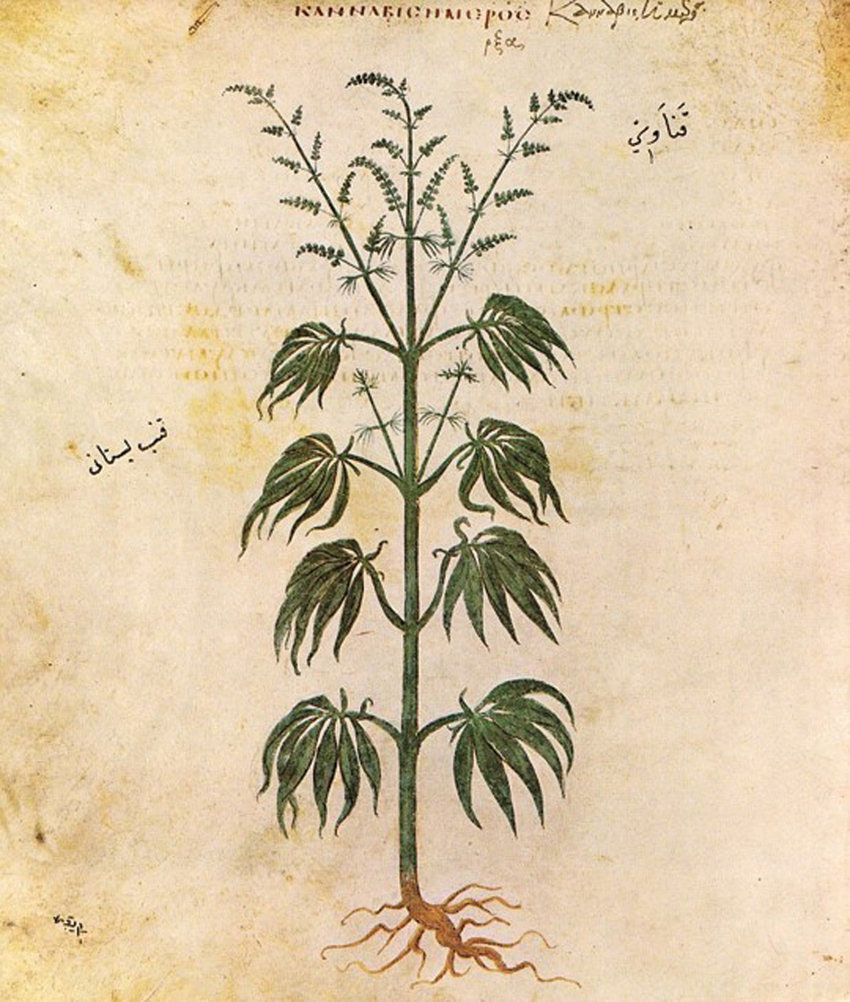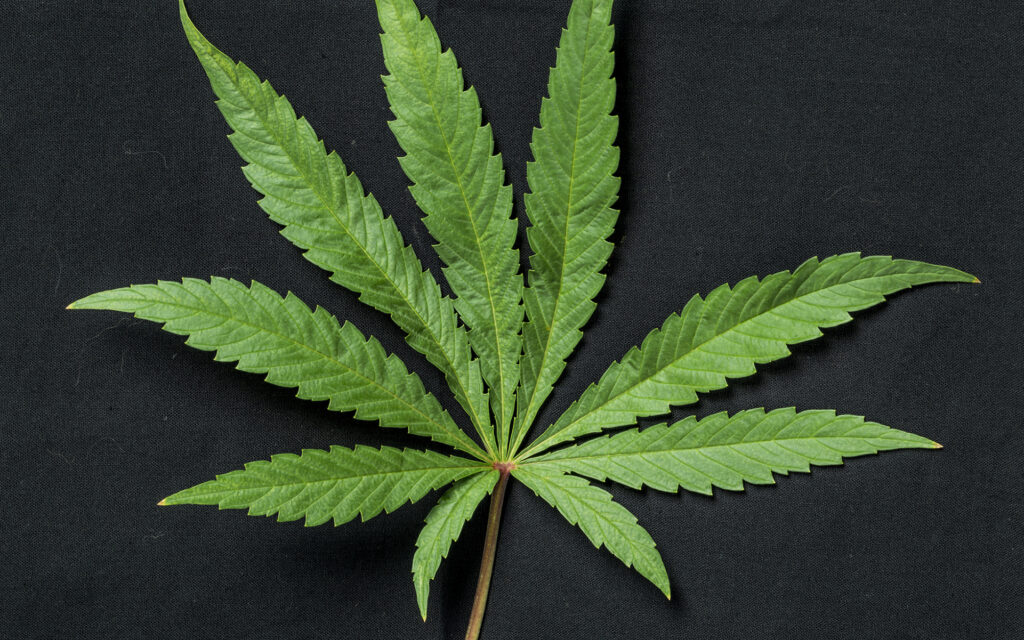Culture
History Of The Weed Leaf: A Synopsis
The weed leaf is one of the most commonly used symbols in the world. It can be seen on almost any piece of clothing, particularly band merchandise. However, you’d be surprised to learn that this little green plant is also a symbol with centuries worth of history behind it.
In this article, we will cover the history of the leaf and how it came to represent different things for different people and cultures across the globe. The way you perceive this humble plant probably has something to do with where you live. But no matter where you are from or what your background is, the weed leaf has been an excellent symbol for all mankind for several centuries now…
The Weed Leaf: A Short Synopsis
The weed leaf has been a part of various cultures for thousands of years. There are tons of different meanings behind the image, and many civilizations have used it to represent a certain idea.
The weed leaf is most commonly associated with Cannabis Sativa, an herb that is commonly smoked for recreational purposes. It is often used as a way to represent marijuana, which is a psychedelic drug that has been used for thousands of years. Marijuana is the most commonly used illegal drug in the world, so we can see why it would be used to represent the drug!
The weed leaf can also be used to represent hemp, which is a plant that contains a low amount of THC (the chemical that gets you “high”). Hemp is commonly used to make fabrics, biofuel, and even paper!
The weed leaf can also be used to represent other plants, such as Indian hemp or wild oats. Most weeds are considered to be pests in gardens and fields, so the leaf can also be used as a symbol for getting rid of these weeds! The leaf can also be used to symbolize rebellion or revolution, most likely against the government or people in power.
Ancient Symbolism
The origins of the weed leaf’s symbolism can be traced back to the Ancient Egyptians. The lotus was a globally recognized symbol of the Egyptian culture and was used to represent rebirth and renewal. This plant was also used in religious rituals and celebrations, especially around the time of the Nile’s annual flooding.
There is also a strange belief that the lotus would open once every thousand years. And when it did, the gods would meet for a giant banquet. The lotus was also used to represent the sun, as its blossoms would open each morning and close each night. The Egyptians also used the leaf to symbolize rebirth, renewal, and resurrection. In fact, the leaf (or water lily) was even used to create a funerary mask.
Ancient Egypt
The weed leaf (or water lily) was also considered a symbol of fertility and love, and was often depicted on jewelry and in wall art. The leaf was also used as a measurement tool in Ancient Egyptian architecture. Wall carvings and paintings of weed leaves, measuring between three and seven leaves, have been discovered on the walls of Ancient Egyptian tombs. These carvings have no real meaning behind them, though they are believed to have been used as a form of decoration.

Weed Leaf in Japan
According to some sources, including Michael Backes’ book Cannabis Pharmacy, this neolithic era (10,000-5,000 BC) cave painting found on the coast of Kyushu, Japan, is an illustration of cannabis, which would likely make it the earliest representation of a pot leaf known. However, whether or not this primitive artwork actually depicts the plant is purely speculative, though it’s worth noting that hemp was cultivated in Japan during this period.

The leaf is also associated with prosperity in Japan. This is because the weed leaf (or water lily) is a symbol of the sun, and the sun is the source of the earth’s prosperity.
The leaf was also used as a decorative item in Japanese architecture. Fabric made out of weed leaves would be used to decorate interior walls and doorways. Traditionally, weed leaves were also used to make fabric as a form of clothing.
Weed Leaf in Europe
In Europe, the weed leaf was used to represent healing and tranquility. Weed leaves would be hung in windows as a display of good luck. Even being tied to livestock for the same purpose.
Weed leaves were also used to create decorative garlands and wreaths. The weed leaf was also used to create a number of different medicines and salves.

Today
Nowadays, the weed leaf is often associated with the hippie culture and the Rastafarian movement. However, the weed leaf’s modern day significance depends on the culture in which it is being used.
The weed leaf is often used to symbolize the anti-war movement, as well as the legalization of cannabis. The weed leaf can also be used to symbolize a variety of different things, such as love, and prosperity.
Final Words
The weed leaf has had a long journey throughout history. It has been used as a symbol of prosperity, love, and even healing. But it wasn’t always associated with these qualities. In fact, the leaf has meant many things to many people over the years. Thankfully, the weed leaf has now found its place as a symbol of peace, harmony, and anti-establishment.

